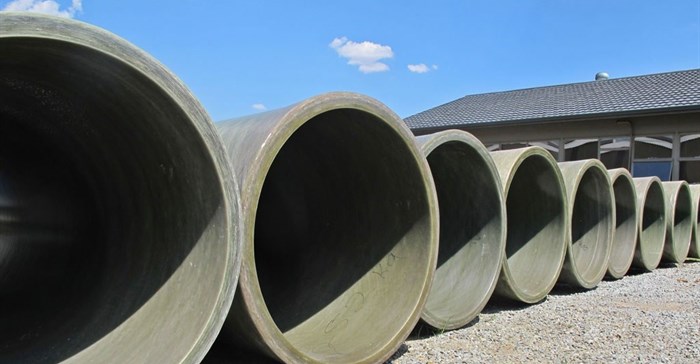
Top stories




"Unchecked groundwater can affect the stability of the mine stopes and affect the depth of excavation," says Roger Rusch, CEO of IWC. "GRP's resistance to abrasion from harsh chemicals, including hyper-saline and acidic groundwater, eliminates the need for costly protective pipe coatings and sleeving. These highly flexible pipes also have exceptional creep resistance and resistance to environmental stress cracking, making them suitable for deep-level dewatering operations."
GRP mine dewatering pipes have proven advantages over high-density polyethylene (HDPE) pipes; another pipe material regularly used in open pit mine dewatering operations. GRP pipes can be manufactured at greater diameters (NB500<) at a lower cost than HDPE. At these larger diameters, GRP pipes are lighter than HDPE, making them easier and safer to handle.
GRP's hoop tensile strength equates to 300-375 MPa compared to HDPE's 60 MPa, while GRP's hoop tensile modulus is 20,000-30,000 GPa, in relation to HDPE's 5,000 GPa. In addition, GRP pipes can be optimally designed to meet the internal pressure and stiffness requirements of underground piping applications, unlike HDPE pipes.
When compared to steel and ductile iron concrete lined (DICL) pipes, GRP pipes are hydraulically smoother and require a lower pressure head, which reduces overall energy consumption for pumping. Their high strain allowance results in lower transient wave speeds during water hammer events and eliminates the need for expensive water hammer prevention infrastructure.